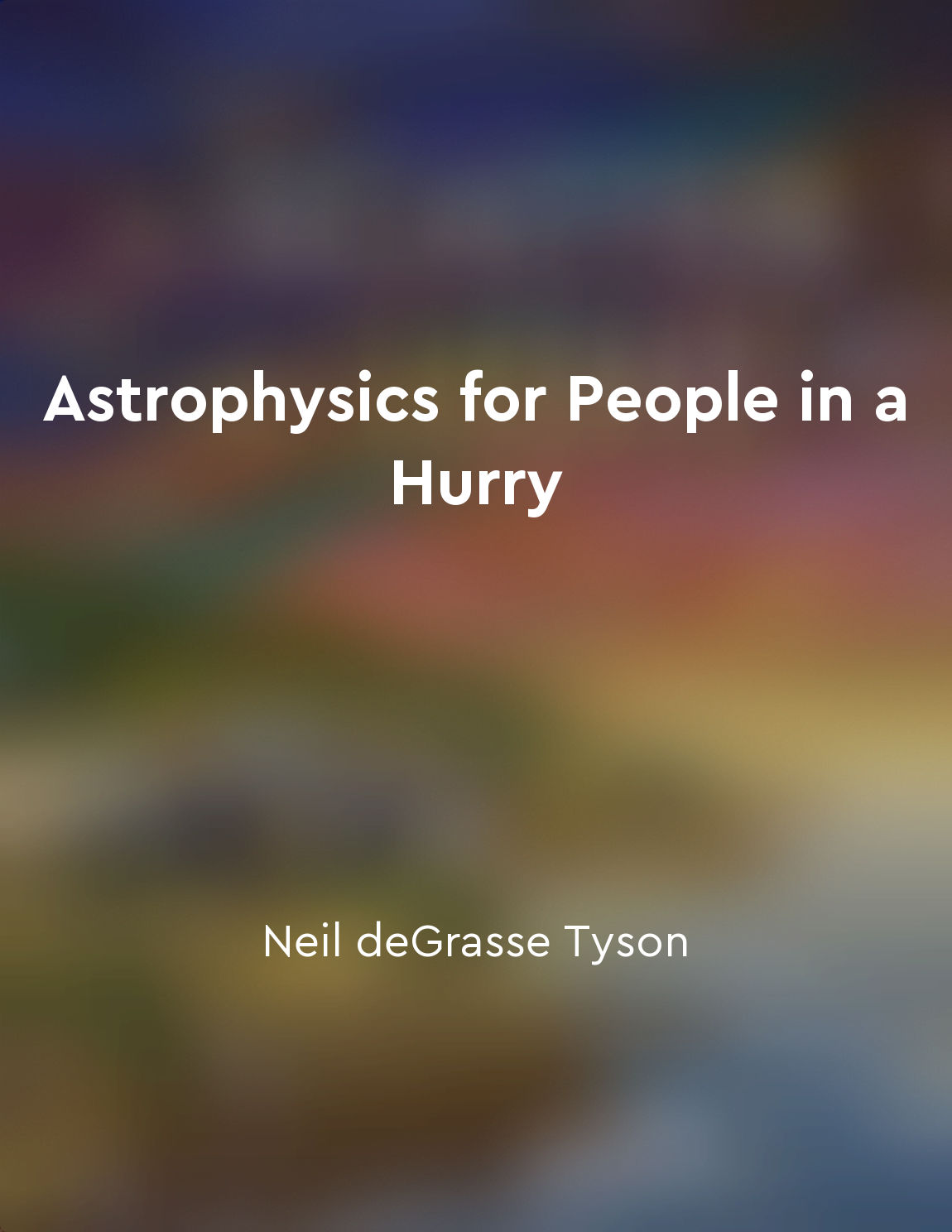Forces arise from particle exchanges from "summary" of The Quantum Universe by Brian Cox,Jeff Forshaw
The concept that forces arise from particle exchanges lies at the heart of the quantum description of nature. When we look at the world around us, we see objects interacting with each other through forces such as gravity, electromagnetism, and the nuclear forces. These forces are transmitted between objects by the exchange of particles. For example, the electromagnetic force between two charged particles is mediated by the exchange of photons. When one charged particle emits a photon, it is absorbed by the other charged particle, leading to an attractive or repulsive force between them. This exchange of photons is what we perceive as the electromagnetic force. Similarly, the strong nuclear force, which holds protons and neutrons together in the nucleus of an atom, is mediated by the exchange of particles called gluons. Gluons carry the strong force between quarks, the building blocks of protons and neutrons, and hold them together despite their mutual repulsion. In the quantum world, forces are not transmitted through continuous fields like in classical physics. Instead, they arise from discrete exchanges of particles. This picture may seem strange at first, but it is a fundamental aspect of the quantum description of nature. By understanding how forces arise from particle exchanges, we can make sense of the intricate interactions that govern the behavior of matter at the smallest scales.- The exchange of particles is what allows objects to interact with each other through forces. Without these exchanges, there would be no way for particles to influence each other and the universe as we know it would be very different. By delving into the world of quantum mechanics, we can gain a deeper understanding of how forces emerge from the exchange of particles, shaping the fabric of reality in ways that are both fascinating and profound.
Similar Posts
Renormalization is essential for accurate calculations
Renormalization is an essential part of quantum field theory, allowing us to make accurate predictions about the behavior of pa...
Seeking new insights into the nature of space and time
Abraham Pais delves into the intricate realm of physics, where scientists are constantly exploring the fundamental nature of sp...
Waveparticle duality explains particle behavior
The idea that particles can behave like waves is a fundamental concept in quantum mechanics. This wave-particle duality means t...
Quantum fields describe fundamental forces
Quantum fields are the basic ingredients of the quantum theory of fields. They are used to describe the fundamental forces of n...
Quantum chromodynamics is the theory of strong interactions
In the theory of strong interactions, the basic constituents of matter, quarks, are held together by the exchange of particles ...

Black holes are some of the most mysterious objects in the universe
Black holes are regions in space where gravity is so strong that nothing, not even light, can escape its pull. They are some of...
Chemistry explores the interactions between atoms in different substances
Chemistry is all about atoms and how they interact with each other. Atoms are the building blocks of everything around us, from...
String theory aims to incorporate gravity into quantum framework
String theory seeks to go beyond the standard model of particle physics by incorporating gravity into the quantum framework. Th...

